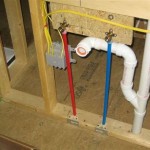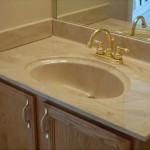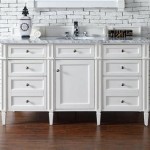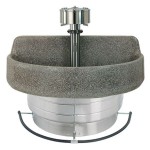How to Run Bathroom Water Lines
Running bathroom water lines is an essential part of plumbing projects, whether you're building a new bathroom or renovating an existing one. This process involves installing the pipes that will carry water to your fixtures, such as sinks, toilets, showers, and bathtubs. While it may seem daunting, running bathroom water lines is a manageable task with proper planning and execution. This article will guide you through the steps involved, providing you with the necessary information to complete this project successfully.
1. Planning and Preparation
Before you begin running water lines, it's crucial to plan carefully and gather the necessary tools and materials. This stage will ensure a smooth and efficient installation process. Here are some key considerations:
- Determine the layout: Plan the location of your bathroom fixtures and the corresponding water line routes. Consider the existing plumbing system and potential obstacles, such as walls or beams, that may affect the pipe placement.
- Choose the right materials: The most common materials for bathroom water lines are copper and PEX (cross-linked polyethylene). Copper is durable and resists corrosion, while PEX is more flexible and easier to install. Consider the project requirements and your budget when making your choice.
- Gather the necessary tools: You'll need a variety of tools for this project, including pipe cutters, pipe wrenches, pliers, a level, a tape measure, and a drill. Be sure to have the appropriate tools for the chosen materials.
- Obtain permits: In most jurisdictions, plumbing work requires permits. Check with your local building department to ensure you are complying with regulations.
2. Running the Water Lines
Once you have planned the layout and gathered the necessary materials and tools, you can begin running the water lines. This process involves connecting the pipes to the existing plumbing system and routing them to the fixtures. The specific steps may vary depending on the chosen materials and project complexity. However, these general guidelines apply:
- Connect to the main supply: Locate the main water supply line, which is typically in the basement or crawlspace. Use the appropriate fittings to connect the new water line to the main supply. Be sure to shut off the water main before working on the lines.
- Route the water lines: Carefully route the pipes from the main water supply to the bathroom fixtures. Use clamps and brackets to secure the pipes to the walls or floor joists. Ensure the pipes are level and properly supported to avoid sagging or leaks.
- Make connections: Connect the water lines to the fixtures with the appropriate fittings and valves. Install shut-off valves for each fixture, allowing you to control the water flow independently. Remember to use Teflon tape or pipe dope on threaded connections to prevent leaks.
3. Testing and Finishing
After running the water lines, it's crucial to test them for leaks and ensure proper functionality. The final steps involve restoring the bathroom to its original state and ensuring the safety and functionality of the plumbing system:
- Test for leaks: Turn the water supply back on and carefully inspect all connections for leaks. Tighten any loose fittings and address any leaks immediately.
- Flush the lines: Flush the newly installed water lines to remove any debris or sediment that may have accumulated during installation.
- Restore the bathroom: Once you have tested the water lines and confirmed their functionality, restore the bathroom to its original state. This may involve replacing drywall, painting, or installing fixtures.
- Inspect and finalize: Ensure all connections are properly secured, and the water lines function correctly. Double-check your work and make any necessary adjustments before finalizing the project.
Running bathroom water lines is a significant plumbing project that requires careful planning, precise execution, and a basic understanding of plumbing principles. By following these steps, you can ensure a successful installation that meets your needs and enhances your bathroom's functionality. It's crucial to prioritize safety and carefully inspect your work at each stage. Remember, if unsure about any aspect of the process, consult a licensed plumber for professional help.
Plumbing Basics Howstuffworks

How To Finish A Basement Bathroom Pex Plumbing

Three Designs For Pex Plumbing Systems Fine Homebuilding
:strip_icc()/SCP_173_04-a5f887244add47e48d7a24d0579341d7.jpg?strip=all)
The Ultimate Guide To Bathroom Plumbing Diagrams And Layouts

Running Pex Water Lines For The Bathroom And Shower

Tips For Rerouting Plumbing Lines Oak Creek

Adding A Bathroom To Home Cold Water Lines In Installation

How Your Plumbing System Works Harris

How To Plumb A Bathroom Yourself

Plumbing In The Walls
Related Posts







